There’s a smart way to handle a pre-attack situation that’s seldom discussed. Likewise, there’s a fitting post-shooting procedure that mirrors that initial response. The bookends involve having your “hand on the gun in the holster.”
I’d been considering the issue of the applicability of ‘range world’ ready positions, something that the smart kids have been discussing for some time. We’d covered it at the outfit during the transition to the GLOCK pistol line in 2003.
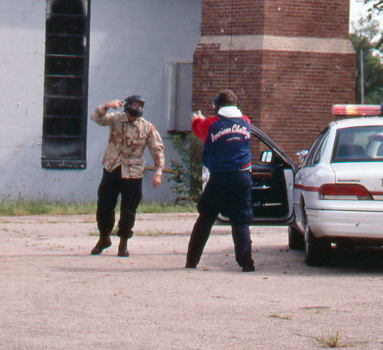
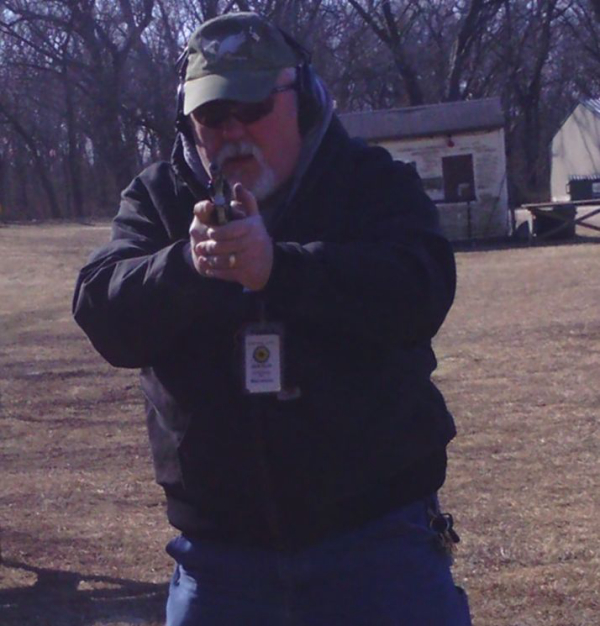
Part of the lesson plan I’d prepared put the gunpoint situation in perspective: Rule 2 controls. The muzzle can’t cover anything you’re not justified in destroying. No gunpoint, not any more.
A group came through, a tactical unit. I was told that part of the lesson was ‘no-go.’
“We’re special.”
Nope. No exceptions. You can do as you will, but the testimony that follows in the ensuing criminal investigation will likely lead to negative outcomes.
How long does it take to get a hit from a muzzle-off ‘ready position?’ Not long.
In Dave Spaulding’s standards, he requires four hits from a “muzzle averted” ready position in two seconds, with the first high-scoring hit arriving in the first second or less.
That’s a good call. The portion of the state qualification of Florida that I “seized” and converted for my use calls for a pair of hits in the high-scoring zone in one second – from a muzzle-averted low ready, at ten feet.
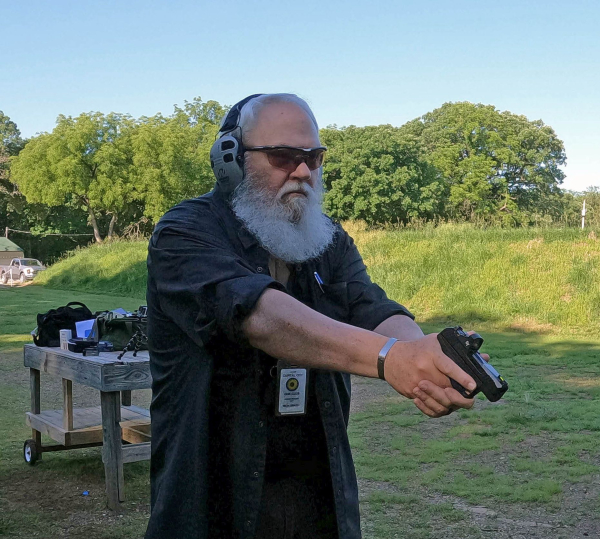
Having a muzzle on a person – any of a person – is potentially not a “ready” position, unless you’re getting ready to be charged with aggravated assault. Better is to practice rapid hits from a ‘muzzle off’ position.
What’s the ‘best’ ready position? I don’t think there is one, but I have a favorite – one found as far back as police field training back in the dark ages. There were many night time car stops that we’d approach with a hand on the holstered handgun. While it was obvious to the motorist who it was that was stopping them, the officer doing the ‘stopping’ had no way of knowing who occupied the vehicle – or what they’d just done.
How long does it take to deliver decisive hits from “hand on gun in holster?” The objective is to make a hit inside a four-inch circle from ten feet in one second.
There’s a pattern here. The “hand on holstered gun” ready position – recently featured by Ken Hackathorn during a “Master Class” segment on the Wilson Combat YouTube channel – is a good, hard stop against concerns of “brandishing” and moves you back from an agg assault criminal complaint.
It also puts you within a second of relevant hits on target when you’re put at risk.
It’s appropriate to check your state/local laws, perhaps discuss this with your attorney – this feature is not legal advice. It is tactical advice.
While I was certifying gun retention instructors for the National Law Enforcement Training Center, we received data that showed that fully fifty percent of gun grab attempts were made on guns that were already drawn. The other half were attacks on holstered handguns.
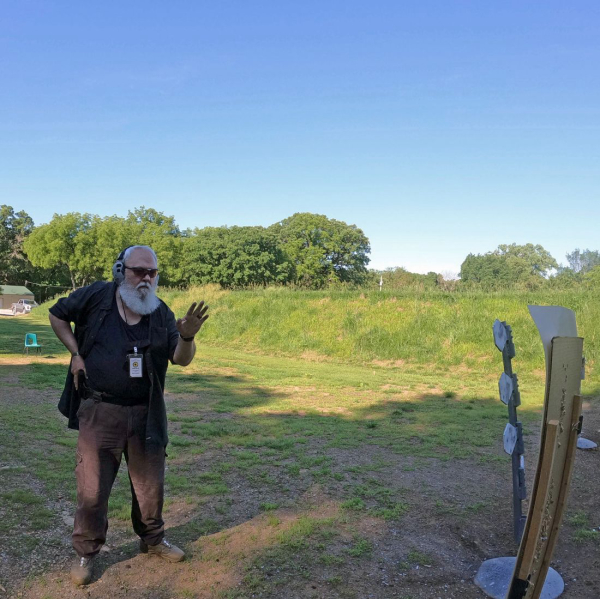
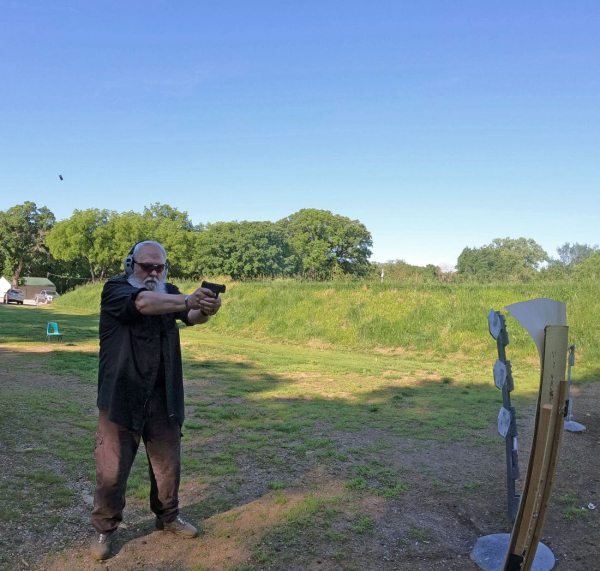
Guess which attacks were the least successful for the criminal offender? Did you guess the attacks on guns still in the holster? If you did, you were right.
Adding to avoiding potential criminal complaints based on gun point accusations even if you were legitimately at low ready, the hand on the holstered handgun gives a weapon retention advantage. That’s good news.
So it’s Hackathorn and I who think a lot of that “start” – anyone else?
“… a review of NYPD training materials reveals the department encourages the officers to, whenever possible, place the hand on the holstered pistol, safety strap released and ready to draw, in lieu of having it in-hand. If startled, there’s no chance of the finger causing an unintended discharge. Because the draw is well-practiced with a well-trained officer, the difference between coming up from the holster and getting a hit, and doing the same from low ready, is small, sometimes less than a tenth of a second … If a suspect grabs for the gun, “hand on holstered weapon” is the single strongest “start position” for the defender. If the officer slips and falls, the hand on the gun tends to reflexively come off to regain balance, leaving the gun safely in the holster. It will also prevent the well-documented phenomenon of subconscious trigger verification ...” -- Massad Ayoob.
Better and better.
Now, I’ve drawn on someone before – when I was surprised. It was a “welfare check” situation and the way the place was locked up was confusing; the front storm door locked from the inside, but the overhead garage door wasn’t locked. The door from the garage to the home’s interior was locked, bolted from the inside and there was no answer to calls – by phone and by shouts.
As I crossed the garage deck – the occupant’s car was gone – the interior access door was suddenly ripped open with a shout.
“That’s a good way to get shottttt!”
True. The last word was drawn out because the orator was surprised by the muzzle of the S&W Model 19 that I didn’t even remember drawing from the holster.
No burglar, but the occupant we were checking on … if I had my hand on the holstered gun, there wouldn’t have been the urgency. I knew then I was around a second from servicing a target from that position and I likely wouldn’t have reflexively drawn the gun.
How does it fit into a valuable post-shooting procedure? We’ll look at that next time.
-- Rich Grassi